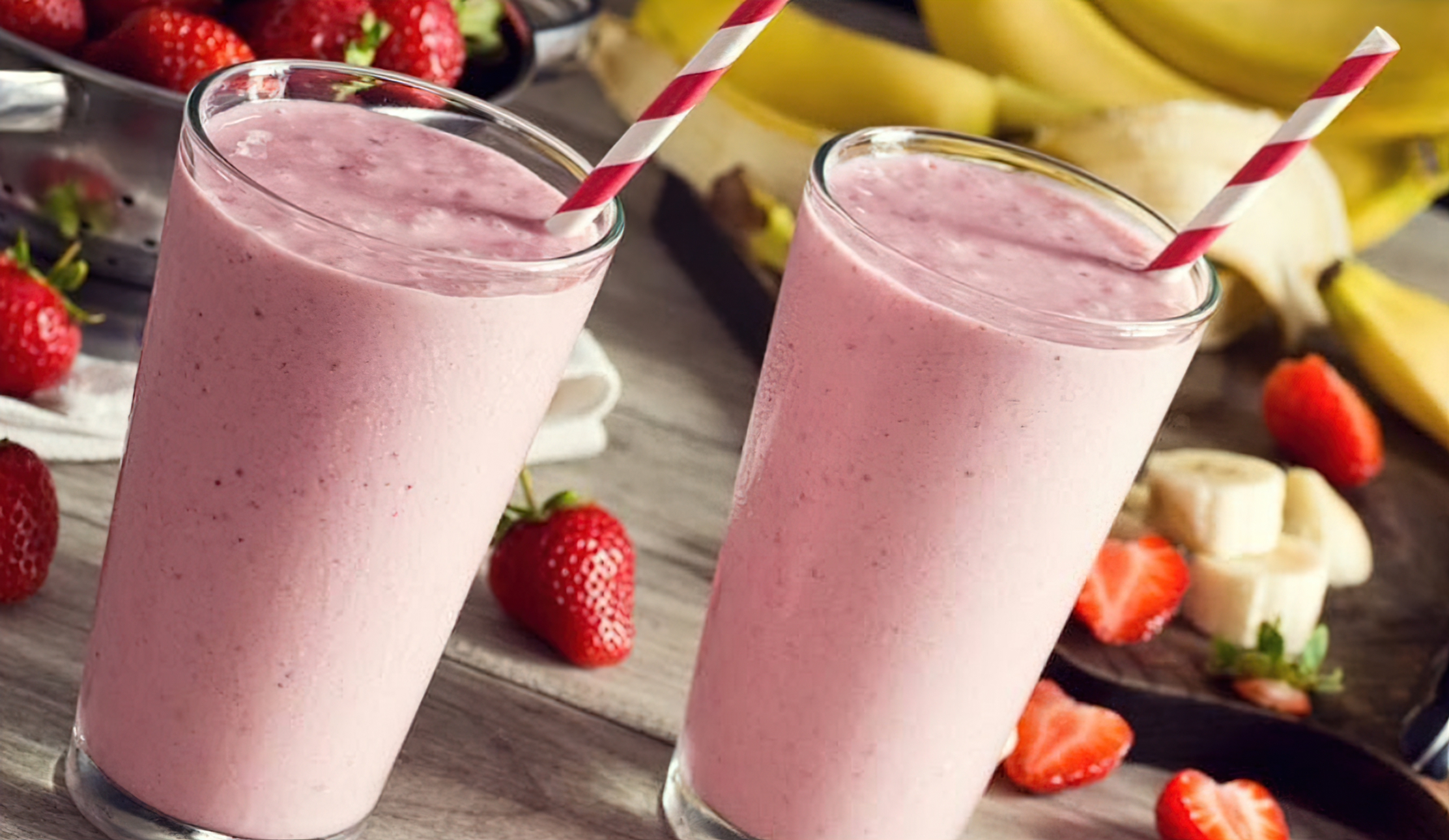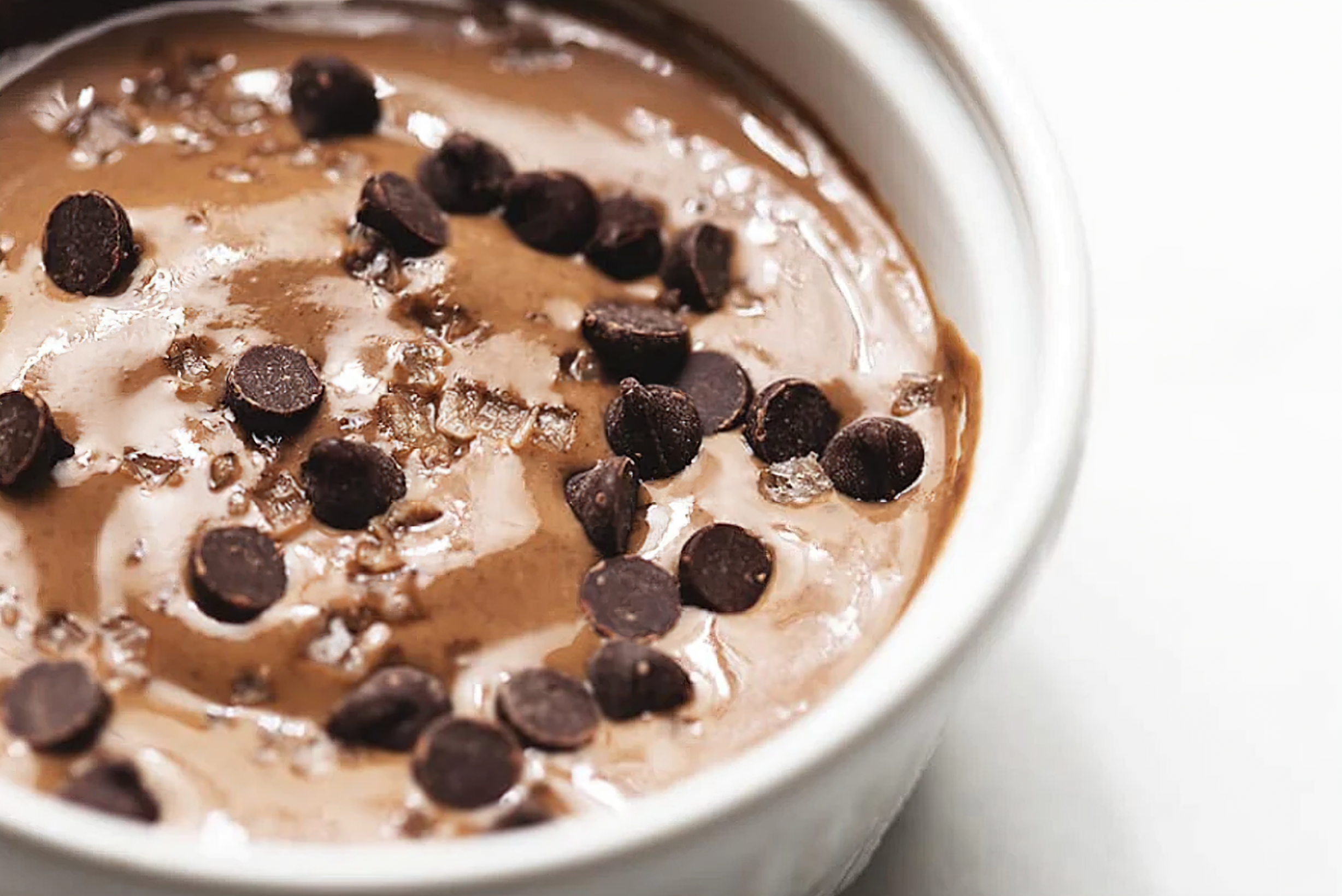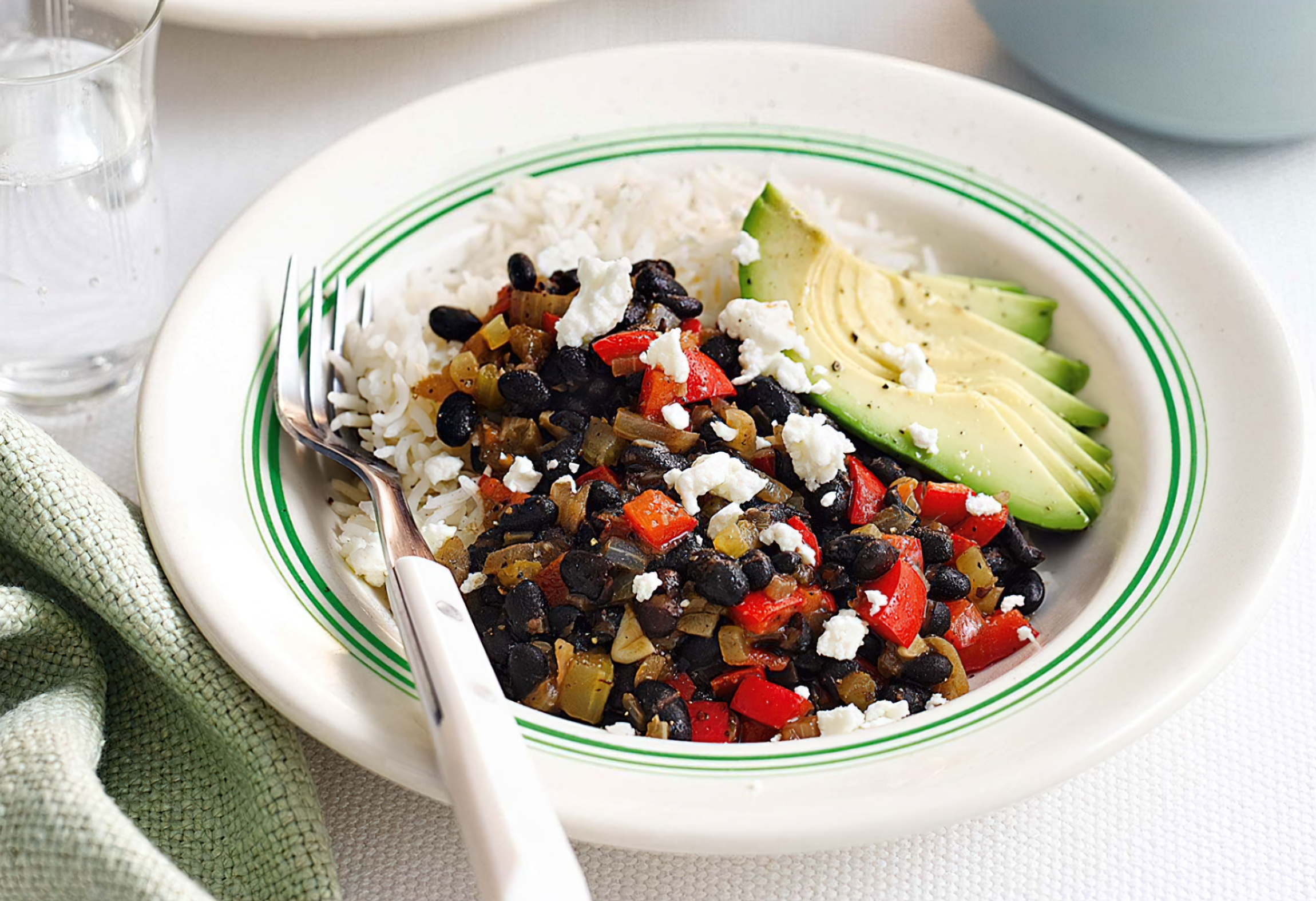Understanding Protein’s Role in Sports Nutrition
It’s no secret that protein is a vital part of every athlete’s diet. It’s key in building muscle, repairing tissue, and providing energy. But are you getting the most from your protein intake? It’s not just about quantity, but also timing and quality. Let’s delve deeper into the power of protein in sports nutrition.
Protein plays an essential role in our bodies. It’s a major part of the skin, muscles, organs, and glands. Every athlete knows that protein is important, but not everyone knows how to optimize its intake.
- Mastering the Timing
- Recipe: Post-Workout Berry Protein Smoothie
- Choosing Quality Protein Sources
- Recipe: Grilled Chicken & Quinoa Salad
- Balancing Protein Intake Throughout the Day
- Recipe: Chickpea & Tofu Curry
- Beyond Basics: Advanced Protein Strategies
- Slow and Fast Proteins
- Recipe: Bedtime Casein Pudding
- Protein Pairing
- Recipe: Rice & Black Bean Bowl
- Individualized Protein Needs
- Recipe: Protein-Packed Omelette
Mastering the Timing
The timing of your protein intake plays a significant role. For optimal muscle recovery and growth, athletes should consume protein within two hours after exercise. This is when your muscles are primed to accept nutrients and begin the recovery process. A smoothie with a scoop of high-quality protein powder is a perfect post-workout treat.
Recipe: Post-Workout Berry Protein Smoothie
- 1 scoop of protein powder
- 1 cup of mixed berries
- 1 banana
- 1 cup of almond milk
- Ice
Blend all the ingredients until smooth and enjoy after a rigorous workout.
Choosing Quality Protein Sources
Not all proteins are created equal. Choose high-quality, complete proteins that contain all essential amino acids. These are found in animal products like meat, dairy, and eggs. But don’t forget plant-based sources like legumes, grains, and nuts, which offer a range of proteins and other nutrients.
Recipe: Grilled Chicken & Quinoa Salad
- 200g chicken breast
- 1 cup of cooked quinoa
- A variety of veggies: lettuce, cucumber, tomatoes
- Lemon & olive oil for dressing
Grill the chicken, mix all the ingredients, and you have a protein-packed, balanced meal.
Balancing Protein Intake Throughout the Day
While post-workout protein is important, it’s equally crucial to distribute protein intake evenly throughout the day. Regular consumption will provide your body with a constant supply of amino acids, keeping you in a state of muscle-building all day long.
Recipe: Chickpea & Tofu Curry
- 200g tofu
- 1 can of chickpeas
- 1 can of coconut milk
- Curry powder, salt, and pepper
Combine ingredients in a pot and let it simmer. It’s a perfect high-protein dinner.
Beyond Basics: Advanced Protein Strategies
Beyond the basics of protein intake, some advanced strategies can further optimize an athlete’s protein consumption. These strategies involve a more detailed look at the type of protein consumed, the context in which protein is eaten, and the unique needs of the individual athlete.
Slow and Fast Proteins
Protein sources can be classified as slow or fast, referring to the rate at which they’re digested and absorbed. Casein, a milk protein, is slow-digesting, providing a steady release of amino acids over time. This makes it an excellent option before bed, allowing your muscles to repair and grow as you sleep. Whey, on the other hand, is a fast protein, quickly absorbed and perfect for post-workout recovery.
Recipe: Bedtime Casein Pudding
- 1 scoop of casein protein powder
- 1/2 cup of Greek yogurt
- A handful of berries
- A drizzle of honey
Mix protein powder with yogurt until you achieve a pudding-like consistency, top with berries, drizzle honey, and enjoy it before bed.
Protein Pairing
Protein pairing is another method athletes can use. This strategy involves combining different protein sources to ensure a full range of essential amino acids and promote optimal muscle synthesis. For instance, a grain and legume, such as rice and beans, provide a complete protein when eaten together.
Recipe: Rice & Black Bean Bowl
- 1 cup of cooked rice
- 1 cup of black beans
- Sliced avocado, tomato, corn
- Salsa for topping
Combine rice and beans, top with veggies, add salsa and you’ve got a protein-rich, plant-based meal.
Individualized Protein Needs
Lastly, remember that protein needs are individual. Factors like age, sex, weight, and physical activity level all influence how much protein one needs. An endurance runner will have different protein needs than a weightlifter. Keep this in mind when planning your meals and protein strategy.
Recipe: Protein-Packed Omelette
- 3 eggs
- A handful of spinach
- 1/4 cup of feta cheese
- Salt and pepper to taste
Beat the eggs, pour them into a hot pan with a little oil, add spinach and feta, fold and cook until done. A simple, adjustable meal that can fit various protein needs.
In conclusion, the power of protein for athletes extends far beyond basic intake. Mastering the timing, quality, and distribution of protein is just the beginning. Delving into advanced strategies like understanding slow and fast proteins, protein pairing, and individualized protein needs can provide further benefits. With this knowledge, every athlete can truly harness the power of protein for optimal performance.